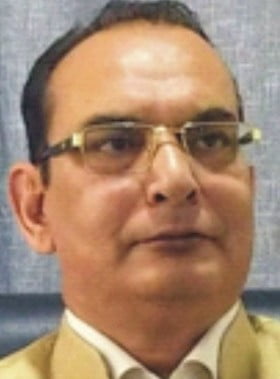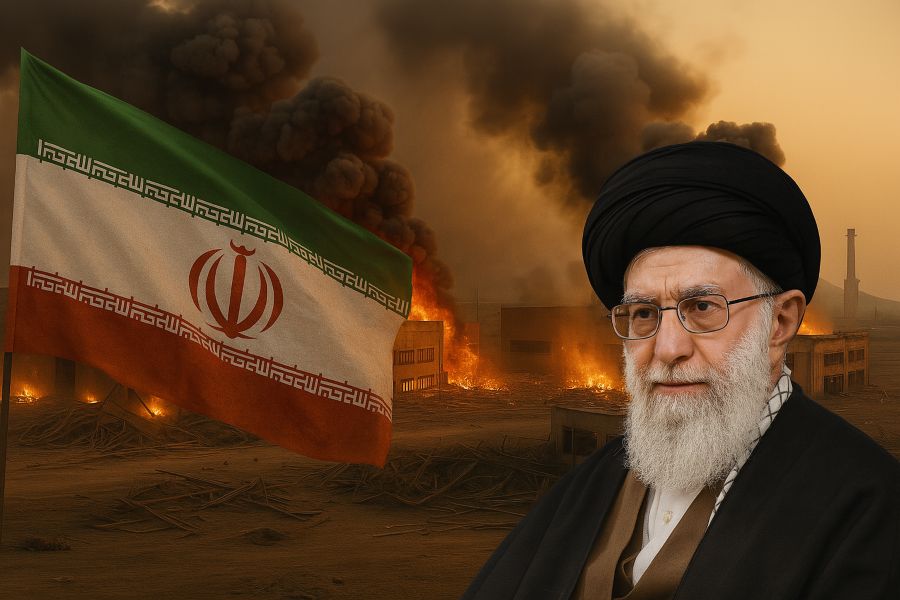It has been almost a week since US bombers conducted “Operation Midnight Hammer” against Iran and its nuclear development sites. However, it is still unclear whether Iran’s capabilities have been damaged — and if so, to what extent. Further, one is left puzzled by Iran’s continued obsession with pursuing a nuclear program.
US PRESIDENT Donald Trump has repeatedly claimed that the US attack obliterated Iran’s nuclear program and prompted the ceasefire. However, a US official, briefed on the Defence Intelligence Agency’s initial assessment, told USA TODAY that the core components of Iran’s nuclear program appeared to remain intact.
An outraged Defence Secretary, Pete Hegseth, countered this claim on Thursday (June 26), calling the bombings a “resounding success” and accusing some media outlets of “trying to make the president look bad.”
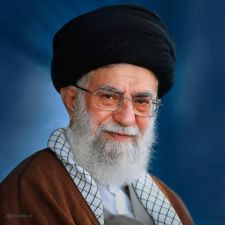
Khamenei
Iran’s Supreme Leader, Ayatollah Ali Khamenei, maintained that the bombings “failed to achieve anything significant,” forcing Israel and the US to abandon their attacks. “They could not accomplish anything,” he said. “They failed to achieve their goal. They exaggerate to conceal and suppress the truth.”
Rafael Grossi, Director General of the International Atomic Energy Agency (IAEA), offered a more balanced view, saying Iran’s program had suffered “enormous damage.” He stated that three primary sites — Fordow, Natanz, and Isfahan — were hit hard, but other locations were not affected at all. The nuclear program can be rebuilt, he said, though he declined to provide a timeline.
As far as Iran’s response to the Israeli attacks is concerned, R. Swaminathan, India’s Governor to the IAEA in Vienna, rightly summed it up in his article for The Indian Express: the most striking feature of Iran’s response was not what it did, but what it deliberately avoided.
Who gave Israel — itself a nuclear power — the right to act unilaterally and strike Iran?
Iran did not withdraw from the Non-Proliferation Treaty (NPT), nor did it activate its regional proxies or attempt to disrupt the Strait of Hormuz. Moreover, the Supreme National Security Council has yet to endorse the Iranian Parliament’s decision to suspend cooperation with the IAEA.

Meanwhile, The Times of Israel, citing The Times, reported that Iran’s capacity to store enriched uranium remains intact. According to a preliminary classified US intelligence report, most of Iran’s estimated stockpile — some 400 kilograms (approximately 900 pounds) of near bomb-grade uranium — was likely moved before the bombings took place.
The US administration rejected these claims, asserting that the uranium is believed to have been buried by the strikes. However, Israeli Defence Minister Israel Katz admitted that Israel does not know the whereabouts of all of Iran’s enriched uranium.
Iran’s ability to convert enriched uranium into solid metal form — a necessary step in assembling a nuclear warhead — was possibly destroyed, according to The Times. The facility responsible for this process was located in Isfahan. Still, one expert told The Times that Iran may possess this capability at undisclosed locations, as it has carried out such conversions in the past.
While Israel has claimed that it severely damaged Iran’s ballistic missile infrastructure during the campaign, The Times assessed that it is unlikely Iran no longer has missiles capable of carrying a nuclear warhead.
Iran’s Obsession with Nuclear Capacity
A larger question remains: why does a country with such vast oil reserves feel the need for home-grown civil nuclear energy?
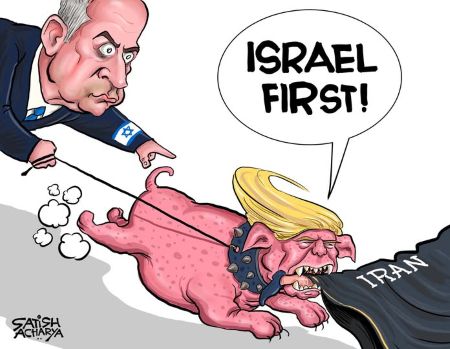 A compelling explanation is offered by Vali Nasr in his new book Iran’s Grand Strategy. According to The Guardian, Nasr traces this need to Iran’s colonial exploitation and its enduring quest for independence.
A compelling explanation is offered by Vali Nasr in his new book Iran’s Grand Strategy. According to The Guardian, Nasr traces this need to Iran’s colonial exploitation and its enduring quest for independence.
Nasr writes, “Before the revolution itself — before the hostage crisis, US sanctions, the Iran-Iraq war, and efforts to export the revolution — the future supreme religious guide and leader of Iran valued independence from foreign influence as equal to enshrining Islamic principles in the state.” When Khamenei was once asked what the revolution had achieved, he replied, “Now all decisions are made in Tehran.”
Nasr argues that while many of the lofty ideals of the revolution, such as democracy and Islam, have been eroded or distorted, the principle of Iranian independence has endured.
This quest for sovereignty, he explains, stems from Iran’s troubled history. In the 19th century, Iran was caught between British and Russian imperial ambitions. In the 20th century, British companies exploited its oil resources.
Twice — in 1941 and again in 1953 — Iranian leaders were removed from office by Western powers. Most notably, the popular Prime Minister Mohammad Mosaddegh was overthrown in a CIA-backed coup in 1953 for seeking control over Iran’s oil. No event has left a deeper scar in modern Iranian memory.
For Ayatollah Khomeini, this confirmed that Iran still lacked control over its destiny and its energy resources.
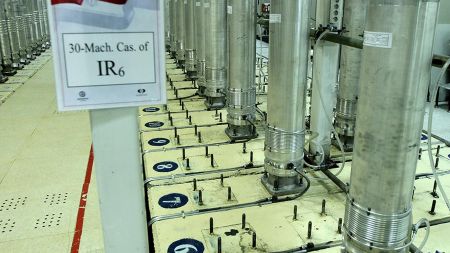
This photo released on November 5, 2019, by the Atomic Energy Organisation of Iran shows centrifuges in the Natanz uranium enrichment facility in central Iran. | Photo Credit: AP
Although civil nuclear power and the right to enrich uranium became symbols of independence after the revolution, Ellie Geranmayeh of the European Council on Foreign Relations points out that it was the British and Americans who originally introduced nuclear power to Iran under the “Atoms for Peace” program.
With US approval, the Shah of Iran launched an ambitious plan to build 23 civil nuclear power stations, aiming to export electricity and project Iran as a modern state.
In a later interview with The Washington Post, Henry Kissinger admitted that, as US Secretary of State, he had raised no objections to the plan. “I don’t think the issue of proliferation came up,” he said.
How quickly Iran could “sprint to a nuclear weapon,” remains disputed — with estimates ranging from one week to a year.
However, the Shah did recognize the dual-use potential of nuclear power. In June 1974, he even told an American journalist that “Iran would have nuclear weapons without a doubt sooner than you think” — a statement he later denied. Gradually, US officials grew concerned that the Shah’s obsession with weaponry could turn the civil program into a military one.
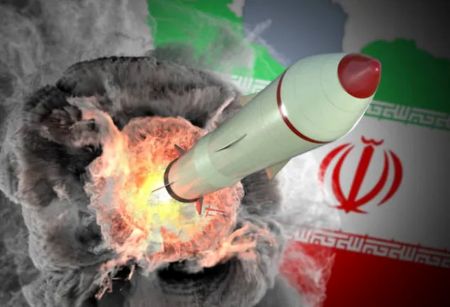 Before the recent strikes, many analysts believed that Iran had amassed a sizable stockpile, enriched to levels sufficient to sustain a nuclear reaction that could, if desired, be weaponized. But how quickly Iran could “sprint to a nuclear weapon,” as General Michael E. Kurilla, Commander of CENTCOM, put it on June 10, remains disputed — with estimates ranging from one week to a year.
Before the recent strikes, many analysts believed that Iran had amassed a sizable stockpile, enriched to levels sufficient to sustain a nuclear reaction that could, if desired, be weaponized. But how quickly Iran could “sprint to a nuclear weapon,” as General Michael E. Kurilla, Commander of CENTCOM, put it on June 10, remains disputed — with estimates ranging from one week to a year.
While military confrontation has paused for now, the geopolitical stakes remain high. Iran still retains much of its long-range missile arsenal, and airstrikes alone cannot permanently dismantle a nuclear program.
But it also compels us to ask: who gave Israel — itself a nuclear power — the right to act unilaterally and strike Iran? Perhaps Prime Minister Netanyahu needed this more to ensure victory in upcoming elections and to divert global attention from Gaza. ![]()
_______
Also Read:
Emergency Echoes: Then and Now
KILLING WITH AID – Weaponising Food in Gaza
Disclaimer : PunjabTodayNews.com and other platforms of the Punjab Today group strive to include views and opinions from across the entire spectrum, but by no means do we agree with everything we publish. Our efforts and editorial choices consistently underscore our authors’ right to the freedom of speech. However, it should be clear to all readers that individual authors are responsible for the information, ideas or opinions in their articles, and very often, these do not reflect the views of PunjabTodayNews.com or other platforms of the group. Punjab Today does not assume any responsibility or liability for the views of authors whose work appears here.
Punjab Today believes in serious, engaging, narrative journalism at a time when mainstream media houses seem to have given up on long-form writing and news television has blurred or altogether erased the lines between news and slapstick entertainment. We at Punjab Today believe that readers such as yourself appreciate cerebral journalism, and would like you to hold us against the best international industry standards. Brickbats are welcome even more than bouquets, though an occasional pat on the back is always encouraging. Good journalism can be a lifeline in these uncertain times worldwide. You can support us in myriad ways. To begin with, by spreading word about us and forwarding this reportage. Stay engaged.
— Team PT
